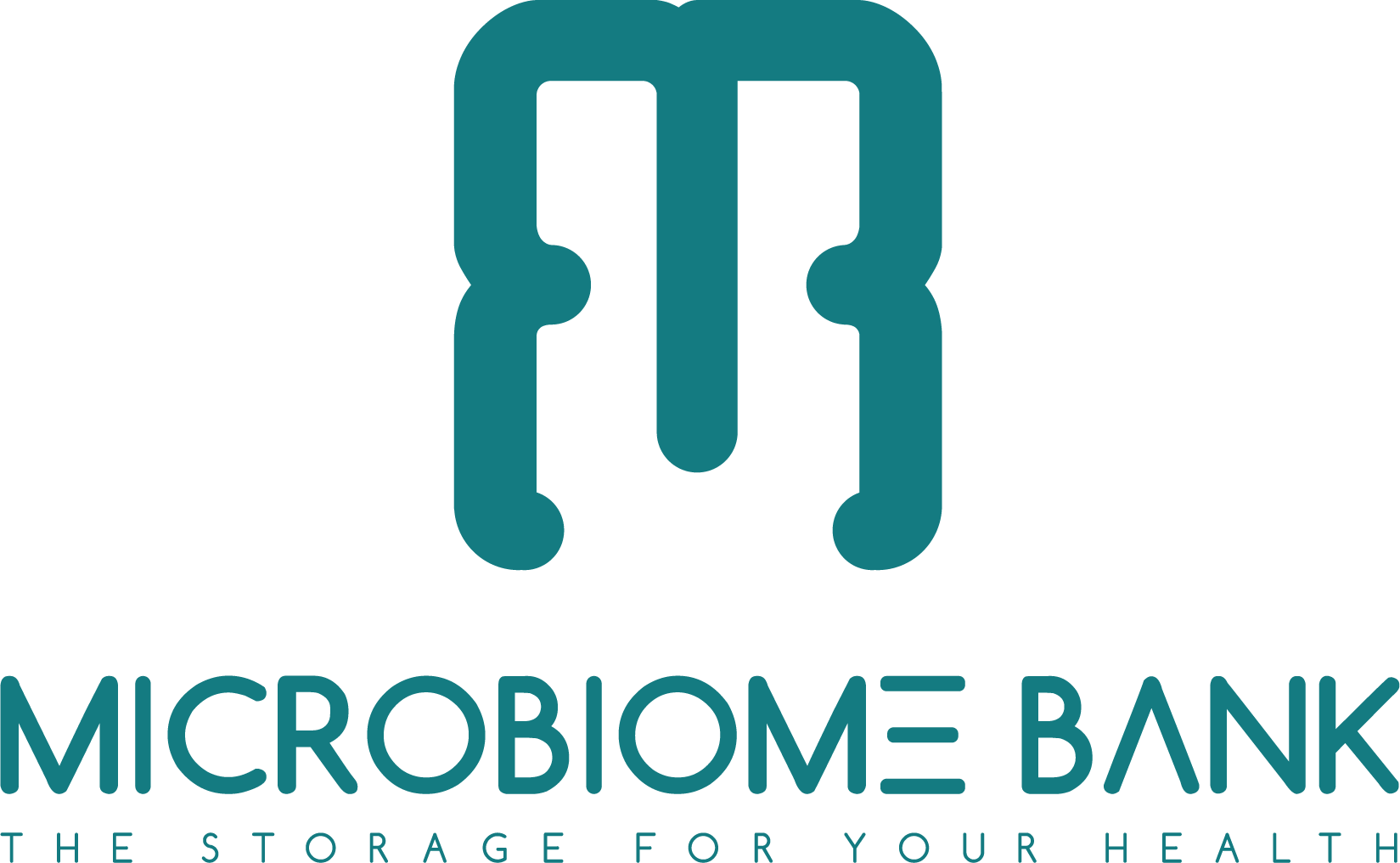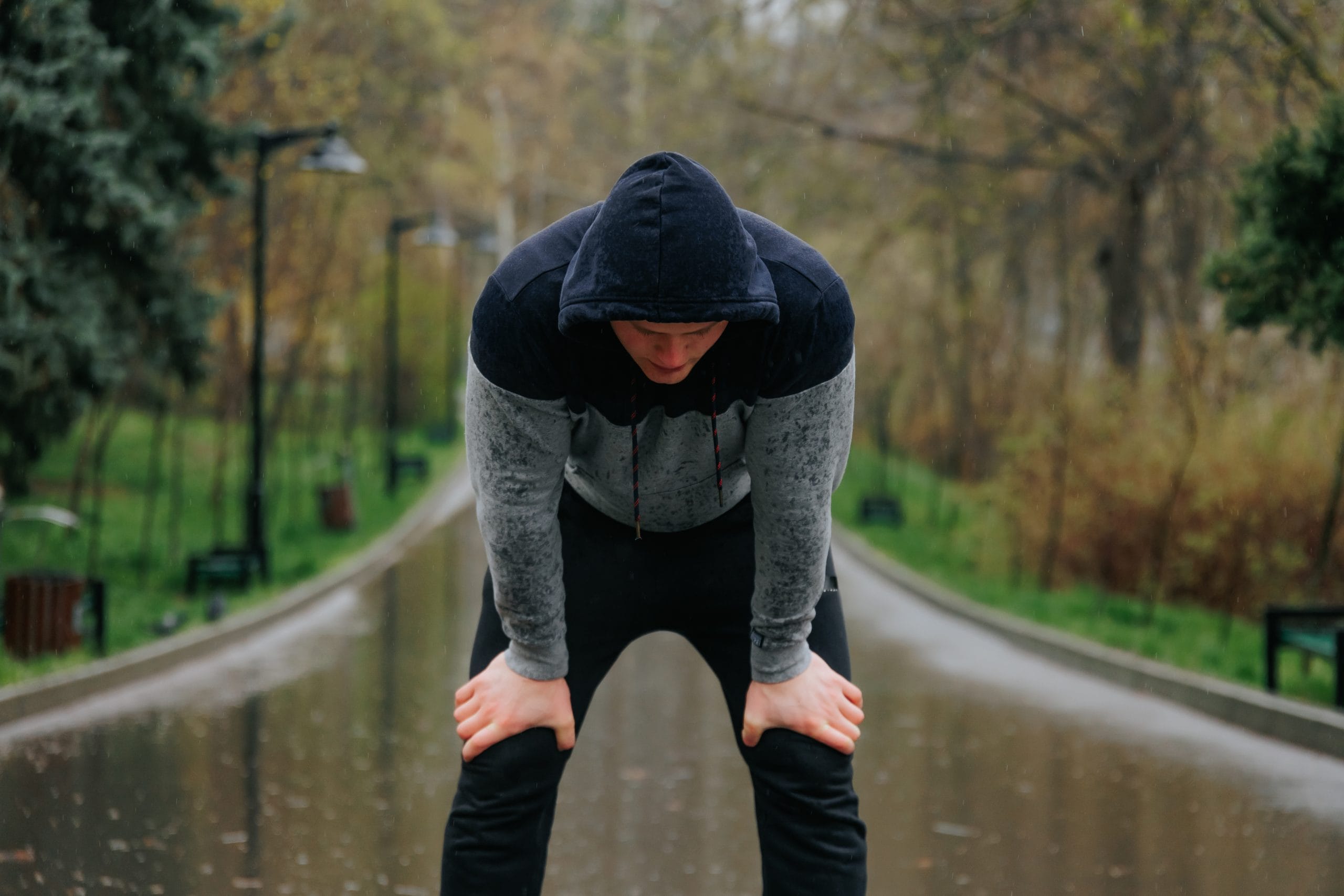All that matters
He wasn’t there to win.
Not even to prove anything.
He was there to complete, not to compete.
The first half of the run had felt almost unreal - steady, light, and oddly joyful. But the second half? That was where the truth lived. That’s where everything he thought he had mastered was tested. Pain, heat, depletion. The trio that humbles every endurance runner. As the kilometers added up, his stride shortened. The temperature rose, sweat dried into salt, and his knees whispered their familiar warnings. He began taking deep breaths, not to stay relaxed, but to keep going. Each breath was both a plea and a recalibration.
The ultrarunners around him were calm - like seasoned mountaineers guiding someone through altitude sickness. They adjusted the pace, offered salt, made jokes. But by 66 km, even his technology failed him. His watch died, and with it, a crucial tether - both data and the companion who’d kept him from pushing too hard had disappeared. The recalibration wasn’t just mechanical - it was emotional. He felt unanchored. A different watch was offered to him, but it didn’t feel the same. He was moving, but not with rhythm anymore - just with determination.
At 71 kilometers, he stopped. No collapse. No drama. Just a quiet decision: This is enough. One of the ultrarunners was limping, and it no longer made sense to push further. The original plan had been 90 km, but he didn’t reach it.
And then came the question that mattered: “You didn’t finish 90, but… did you get what you came for?” He didn’t hesitate. Yes. Absolutely.
What he received wasn't a distance - it was a diagnosis of resilience. His system, powered by UltraBiome, had carried him farther and lighter than ever before. He didn’t hit the wall. He didn’t bonk. His breath, heart rate, digestion - all held. Researchers have shown that certain microbes, like Veillonella atypica, can recycle exercise-induced lactate into propionate - a molecule that fuels endurance. That science may explain why, at 43 km, he felt hunger instead of collapse. Other allies - Akkermansia, known for maintaining gut barrier function, and Roseburia, a butyrate producer - likely supported his resilience too.
But he knew better than to give all the credit to microbes. Hydration, disciplined salt intake, pacing, and mindset provided by his companions were just as crucial. UltraBiome wasn’t a miracle pill - it was part of a larger ecology of choices that worked in concert. The microbes amplified what careful preparation and strategy had already built.
The recovery proved it. Instead of being carried upstairs, he drank coffee, drove home, showered, and even showed up - shaven and alert - to the Assembly of the Hungarian Swimming Federation later that day. He was tired, yes, but not broken. And when the UltraBiome course ended, his body simply asked for rest - longer sleep, deeper naps. It wasn’t withdrawal. It was a reminder: “We did what you asked. Now replenish us.”
The run wasn’t perfect. Not even close. His knees still ached, and fatigue came in its own way. But the transformation wasn’t about kilometers - it was about clarity. Endurance wasn’t only physical. It was microbial, metabolic, emotional. And that lesson stretched far beyond running.
Because life, too, has second halves. And resilience in those halves doesn’t always mean finishing first - it means carrying enough strength, balance, and humility to keep moving, and knowing when to stop.
That was all that mattered.
Next week: “What Didn’t Work": The Gut Myths I Let Go.


